This journey has been a long time coming—a dream carefully curated and nurtured over the years. To see it finally taking shape feels almost surreal, much like bringing a new life into the world. Leading an event like this has always been part of my vision, especially as a meaningful chapter in my retirement plan.
My dream was never just to host another course or tour. I wanted to create an experience—a holistic, transformative journey. One that blends structured classroom learning over a few days, followed by real-world field excursions where theory meets the land. This vision became the foundation of what I now call "Walking the Dragon."
"Walking the Dragon" captures the ancient path of a Feng Shui master—venturing into the wild to search for 'Fortune Land' (福地), the sacred energy sites once chosen to build empires and dynasties. It was a profession filled with risk, uncertainty, and the unknown. These masters weren’t just scholars—they were explorers, risking their lives in pursuit of something greater than themselves.
Of course, in today’s world, we no longer face the same dangers. But I believe the essence of that journey—the courage, the curiosity, the challenge—still holds value. Through this experience, I want others to walk the path of an authentic master, to reconnect with the land, and to test both physical and mental limits—not for the sake of hardship, but for growth, clarity, and true understanding.
This is more than an event. It’s an invitation to step into the legacy of Feng Shui, to learn not just with the mind, but with the body, the senses, and the spirit.
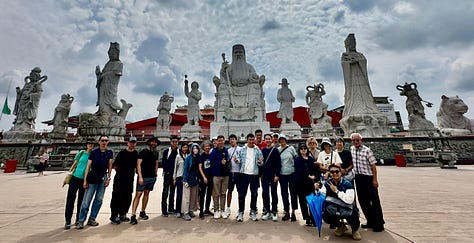
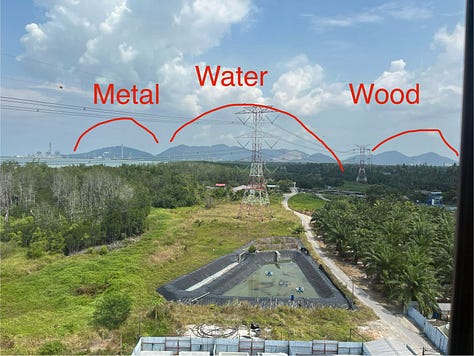
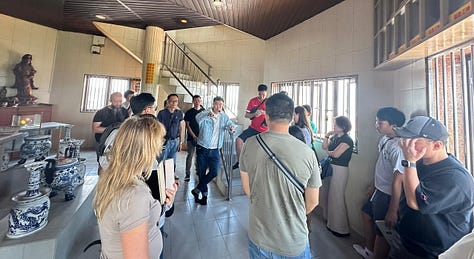
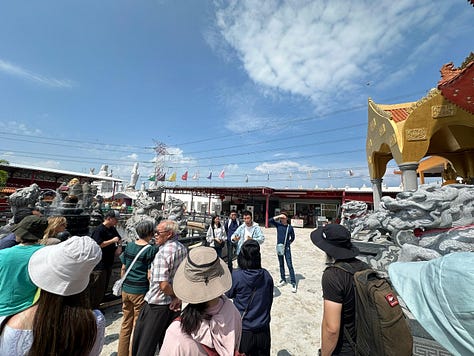
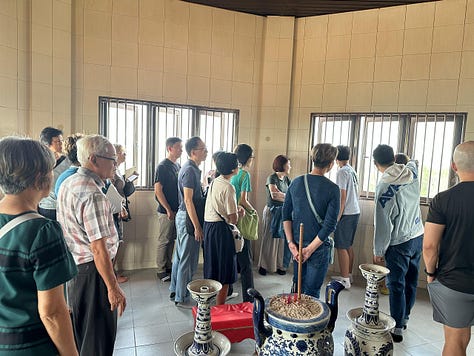
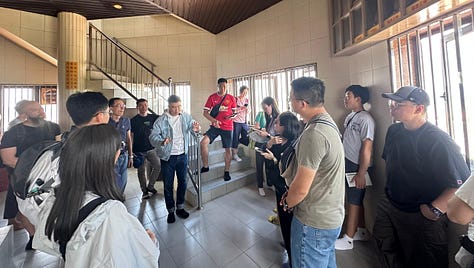
To sail forward, one must first untie the rope that holds the boat at the pier. In the same spirit, when a master sets out on a journey, they must also release what anchors them—family, home, familiarity—not out of abandonment, but out of purpose. Some may find that dramatic, but all meaningful journeys begin with letting go.
For this chapter, I chose a small town in Perak, the very state where I was born. It felt like both a homecoming and an offering—a way of giving back to the roots that shaped me.
This town’s story is woven with resilience. The original migrants were from Fuzhou, China, fleeing religious cleansing. In leaving their motherland, they also left behind loved ones and everything they knew—not by choice, but for survival. They came intending to plant rice, but fate had other plans—rubber trees brought them prosperity.
And so, the lesson today wasn’t about "letting go" in the dramatic sense, but rather about "putting things down." There’s a difference.
Too often, people cling tightly to old beliefs, painful experiences, or limiting narratives—using them as anchors instead of releasing them to grow. The truth is, you can’t hold onto the past and reach for the future at the same time. Growth requires space—have you allowed yourself that space to grow?
We visited a unique temple with the central theme of 風調雨順—smooth wind and gentle rain—a blessing vital to any farming community. What makes it even more meaningful is that its four main deities aren’t even of Chinese origin—a symbol of openness and adaptation. Alongside them stands the revered 大伯公, the guardian spirit carried by the early migrants—the only tangible memory they could bring from their homeland.
They left everything familiar. They had no guarantees. And yet, they thrived.
So I ask: what are you still holding on to that’s preventing your own renewal? What might you gain if you simply allowed yourself to release, even temporarily?
Thanks to the vantage point offered by the towering seven-story pagoda, we explored the landform of the area, and reflected on the relationship between geography, belief, and inner transformation.
It was a deeply enriching experience, made even more meaningful by the diversity of our group: participants from the Netherlands, Vietnam, Indonesia, Singapore, and of course, our fellow Malaysians. To be able to host such a gathering was a true honor—one where heritage, land, and personal stories met in harmony.
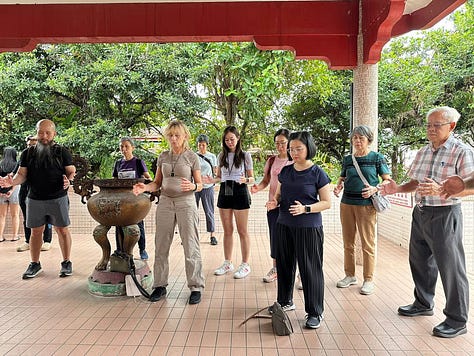
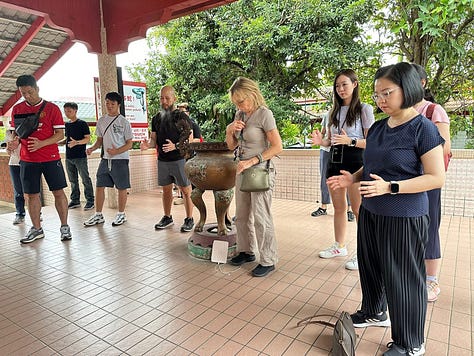
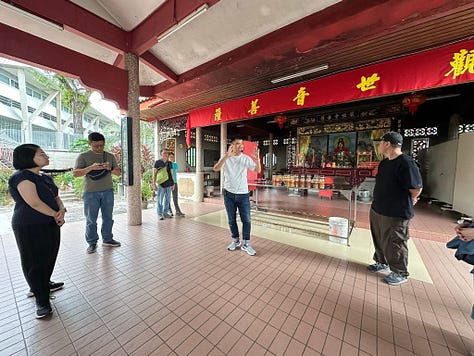
Since 2025 is the Year of the Snake, it felt only right to include a visit to one of the most fascinating and symbolic sites in Penang—the Penang Snake Temple.
This temple is truly remarkable—not because of an exhibit or staged display, but because real, live venomous vipers have chosen to stay here of their own accord. They wandered in… and never left. That, in itself, is a powerful metaphor.
The lesson we explored here centered around Qi—the vital life force that flows through everything. And while many speak of Qi in theory, we focused on how to detect, feel, and ground Qi within ourselves.
In Chinese metaphysics, there are five classical branches:
Mountain (山) – Feng Shui
Medicine (醫) – Healing
Divination (卜) – Forecasting
Destiny (命) – BaZi, Life Analysis
Physiognomy (相) – Face and Form Reading
What unites them all is the use of Qi. It’s the cornerstone of every branch. So naturally, if we are to walk the path of a metaphysical practitioner, learning to sense Qi is not optional—it is essential.
A Feng Shui master’s role is to locate land where Qi converges, gathers, and can be utilized by people for vitality, prosperity, and well-being. And what better place to practice than a temple where even wild, aggressive creatures find calm? If Qi can soothe a venomous viper, then surely it can quiet the restless monkey-mind of a modern human.
What followed was a surprisingly simple yet profound practice. Most participants couldn’t believe that something so relaxing could bring such immediate results. It was calm, effortless—and yet deeply awakening.
Now we know: every place carries a different quality of Qi, and each environment offers a unique kind of support. Science may not yet fully explain it—but you can feel it for yourself.
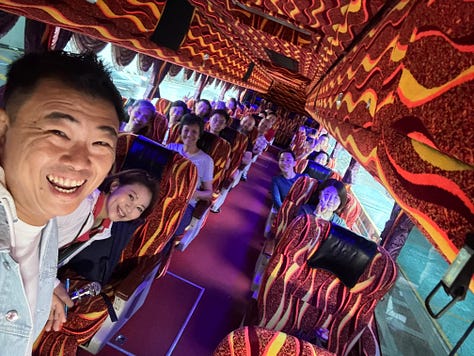
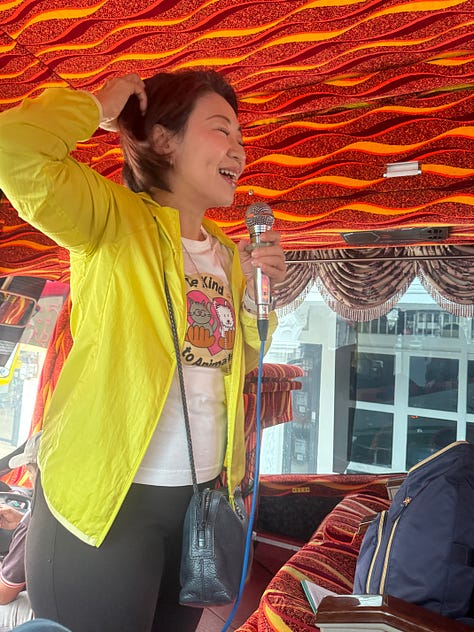
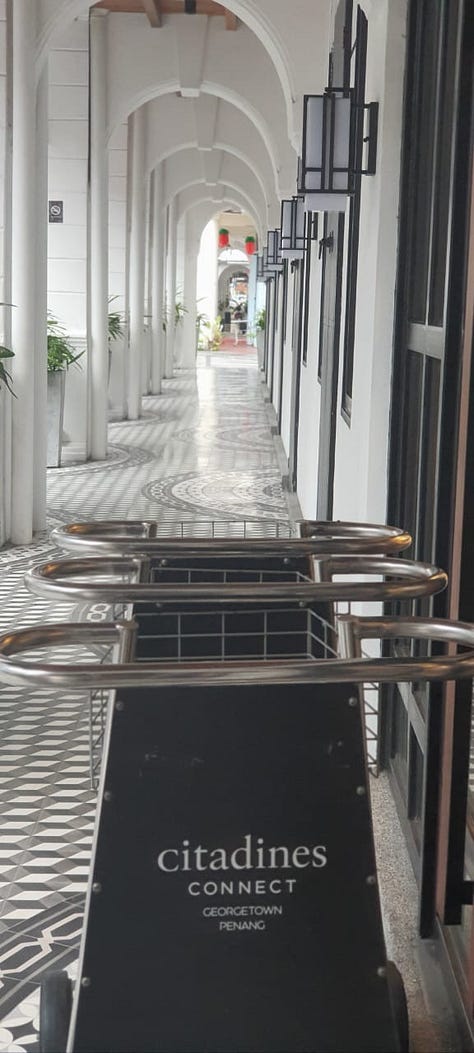
We wrapped up the day's lesson in the heart of Penang’s heritage gem—Georgetown, staying in a beautifully preserved heritage building that’s now been retrofitted into a boutique hotel. It’s truly the best of both worlds: immersed in old-world charm, with the comforts of modern living.
Of course, no Penang experience is complete without diving into the local street food scene—and our visit to a bustling hawker centre delivered just that. From char kway teow to laksa, it was a feast for the senses!
One moment that made me smile: a participant enthusiastically asked, “Where do we go shopping next?” That’s when you know the group’s energy is alive and well!
Special shout-out to our sassy and ever-capable tour guide, Winnie Leong, who handled all ground arrangements flawlessly. From logistics to local insight, she made sure every participant was well looked after.
💡 Fun fact: In many countries, it’s actually illegal to lead a group without a licensed tour guide. Tourism is a regulated and protected industry, ensuring both safety and quality of experience—something we respect and appreciate throughout our journey.



